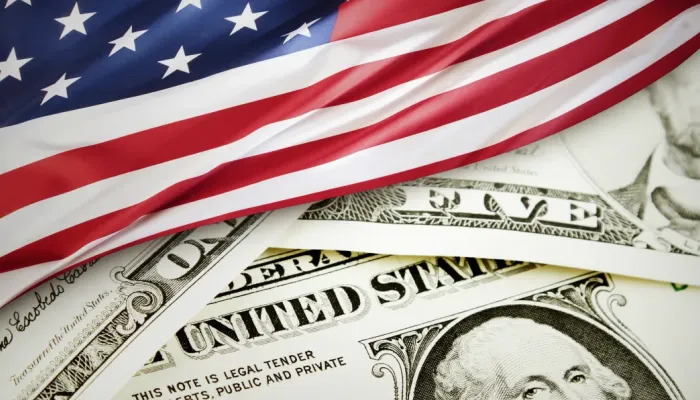The Short-Run Problems of US Debt
Jeanne Sahadi wrote for CNN today on the sometimes-overlooked short-term perils that the growing US debt could create, and how they affect the average American today. Our debt can be linked to slower economic growth, higher interest payments, scaled-down government services, and higher inflation. The problems created will be more difficult to address—and the choices will be harsher—the longer that lawmakers take to deal with this problem.
Sahadi notes that if Congress does not craft a plan to deal with long-term shortfalls, problems could arise soon. This echoes not only what members of our announcement effect club say, but also our last Fiscal Roadmap paper. In the paper, “A Preventable Crisis: Exploring Fiscal Crisis Scenarios for the United States,” we argue that unless we change course, "a fiscal crisis in one form or another will surely ensue." The paper goes on to discuss six realistic crisis scenarios the U.S. could face if debt continues on its upward trajectory. In the article Sahadi quotes CRFB President Maya MacGuineas, who said, “"Most believe [a debt crisis] would happen much sooner than 20 years. Many believe it could happen within the next five to 10 years.”
Sahadi points out that U.S. gross debt will hit 90% this year. In a recent paper, economists Reinhart and Rogoff found that when a nation hits this threshold, it can often lose around one percentage point of growth per year. And lower growth, as she summarizes, can lead to higher interest payments, less government support, inflation, and ultimately that hard choices that will be necessary if and when a debt crisis occurs.


